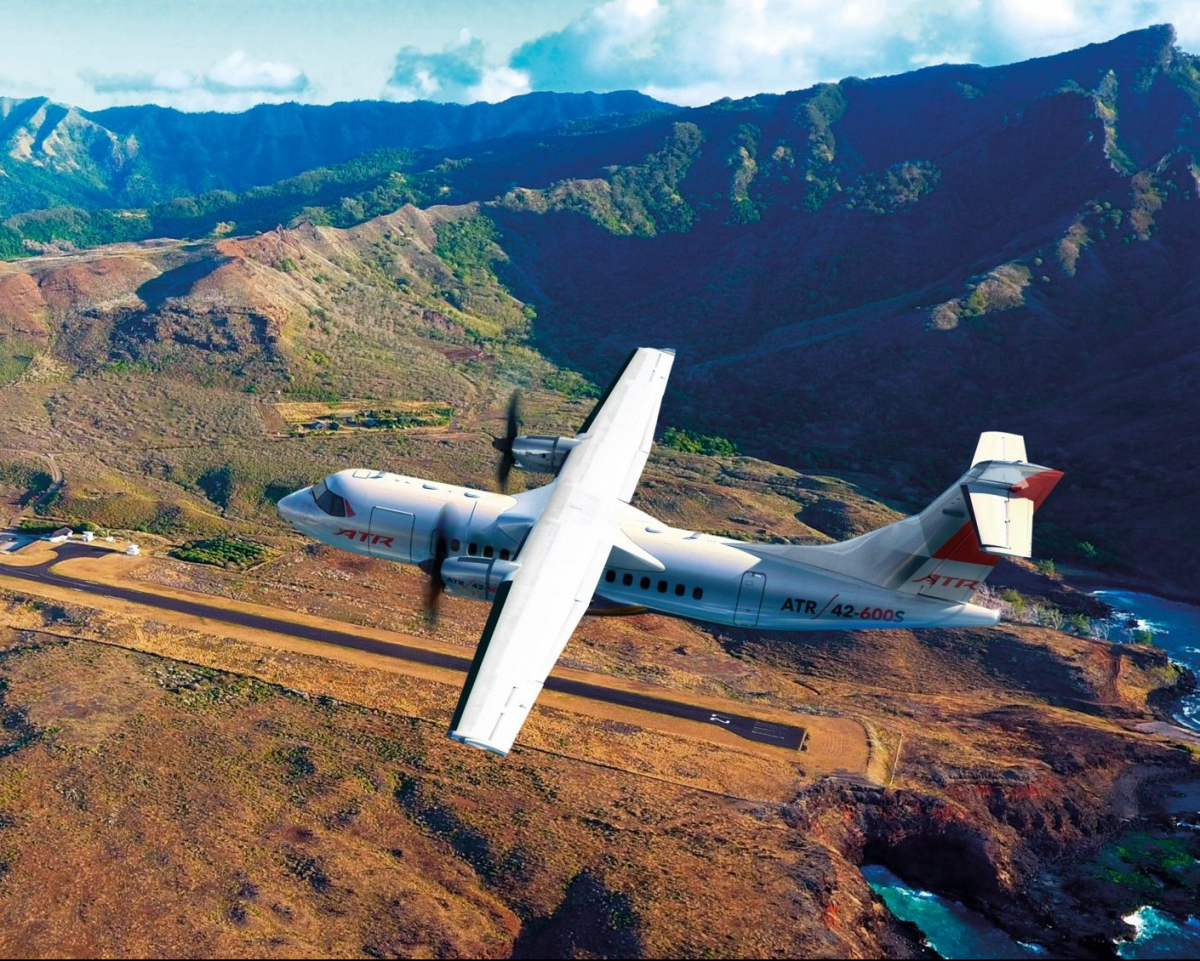The crisis created by the pandemic has sometimes 'upset' the initial schedules of programmes. The first flight of the short take-off and landing version of the ATR 42-600 will take place in 2023.
ATR 42-600S: 20 units already sold
Initially scheduled for 2022, the first flight of the short take-off and landing version of the ATR 42-600 will finally take place in 2023. The crisis has disrupted the initial schedule by a few months since the Franco-Italian turboprop manufacturer was counting on certification during the second half of 2022 with a first delivery in the wake of this. For the moment, the ATR 42-600S (S for STOL) has been sold in 20 units to four customers: ten by the leasing company Elix Aviation Capital, three for PNG Air, the Papua New Guinea airline, two for Air Tahiti and five from a customer who still wishes to remain anonymous.
Being ready for the replacement wave
ATR took its first orders at the 2019 Paris Air Show, with a backlog of orders and future potential that allowed the manufacturer to officially launch the programme a few months later. With the ability to take off and land on runways as short as 800 metres (compared to 1,050 metres for a conventional version), the ATR 42-600S opens up the market to island operators and those serving airfields with very short runways, in the high mountains for example. Worldwide, no less than 500 airports have a runway between 800 and 1,000m. Against the backdrop of the next wave of Saab 340 replacements, the average age of the fleet still in service is over 25 years. The main thing for ATR is therefore to be ready when the time comes.
A modified aircraft for STOL
While the ATR 42-600S does not require re-certification, the aircraft incorporates a series of modifications to meet its STOL requirements, such as the introduction of a larger rudder, allowing greater control of the aircraft at low speed. Powered by the same Pratt & Whitney engines as the other ATR 42 and 72, the ATR 42-600S will however allow pilots to choose between the power of the ATR 42 and the 72, "so that the aircraft can use more power to perform STOL operations, or operate more efficiently with less energy on longer runways. Finally, for short landings, the aircraft will also be able to deploy its spoilers symmetrically to improve braking efficiency. It will also be equipped with an automatic braking system to ensure full braking power upon landing.
Découvrez cet article sur Air&Cosmos

